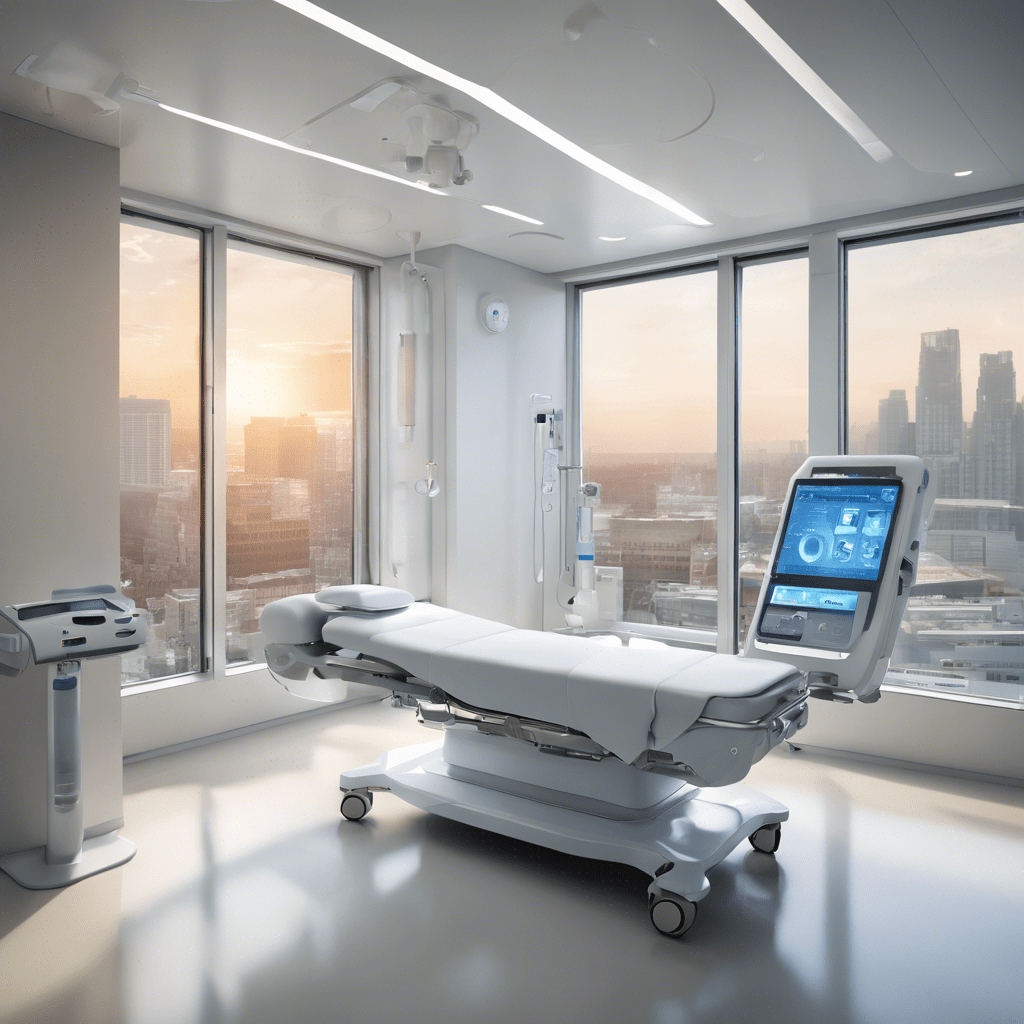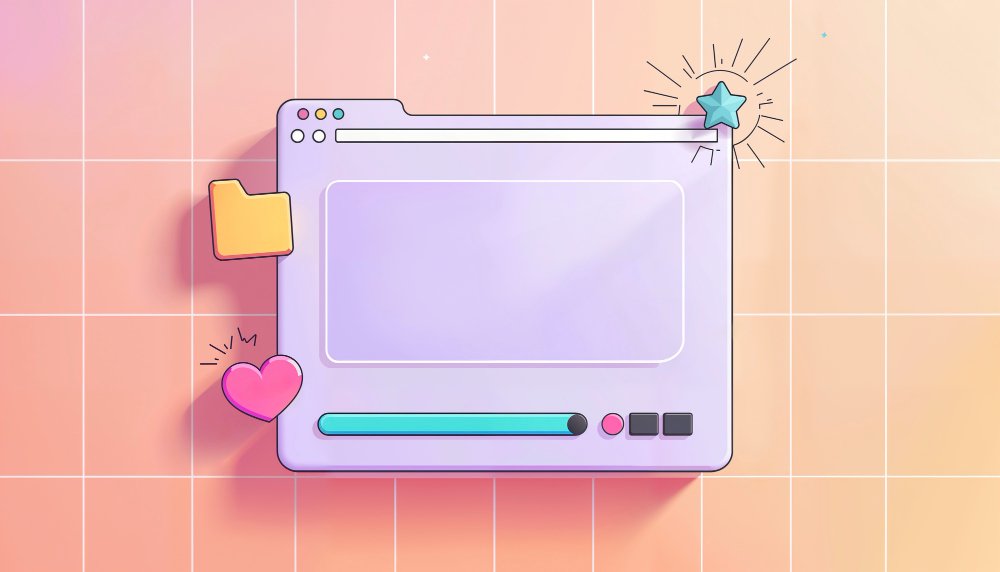Healthcare technology adoption has reached unprecedented levels, with 85% of healthcare facilities now using electronic health records and digital solutions. User experience (UX) in healthcare stands as a critical factor that determines the success or failure of these digital health initiatives. Healthcare professionals and patients alike depend on well-designed interfaces to access, understand, and utilize vital medical information effectively.
The evolution of healthcare UX encompasses several key areas, including telemedicine platforms, medical applications, and user-centered design approaches. Modern healthcare solutions must address accessibility requirements, support efficient clinical workflows, and integrate emerging technologies such as artificial intelligence and virtual reality. This comprehensive guide explores the essential elements of healthcare UX design, implementation strategies, and future trends that shape patient care delivery.

Understanding the Importance of UX in Healthcare
In today’s rapidly evolving healthcare landscape, user experience (UX) has emerged as a crucial factor in determining the success of medical technologies and services. The global digital health market is projected to reach INR 67766.45 billion by 2030, highlighting the growing importance of effective healthcare UX design.
Definition of healthcare UX
Healthcare UX encompasses the design of experiences across medical applications, systems, and services, focusing on value delivery rather than mere user retention. It represents a complex environment where the needs of multiple stakeholders intersect: business profitability, clinician efficiency, and patient accessibility. This multi-faceted approach ensures that healthcare solutions are not only functional but also intuitive and accessible to all users.
Impact on patient outcomes and satisfaction
The significance of healthcare UX extends far beyond convenience—it can literally save lives. A cross-sectional study revealed that device design was responsible for 54.5% of medical device recalls by the FDA between 2018 and 2022 . Even more concerning, miscommunication and medical errors between medical organizations and patients account for approximately 80% of serious medical errors, according to a 2020 study.
Key benefits of effective healthcare UX include:
- Enhanced patient engagement and treatment adherence
- Reduced medical errors and improved safety
- Increased accessibility for diverse user groups
- Better communication between providers and patients
- Improved trust and credibility in healthcare organizations
If I had an hour to solve a problem, I'd spend 55 minutes thinking about the problem and 5 minutes thinking about solutions
Albert Einstein
Key Elements of Effective Healthcare UX Design
Effective healthcare UX design relies on several fundamental elements that work together to create intuitive, accessible, and emotionally resonant digital experiences. Recent studies indicate that the healthcare sector generates massive volumes of data that require sophisticated visualization techniques to make them comprehensible for all stakeholders
Intuitive navigation and information architecture
Information architecture (IA) serves as the foundation for healthcare applications, determining the hierarchy, navigation, and feature interactions. Healthcare designers must focus on creating systems that support a wide range of users and workflows . The most effective navigation patterns include:
- Hub and spoke model for multi-functional tools
- Linear progression for setup wizards
- Dashboard layouts for data visualization
- Faceted navigation for medical records
Accessibility and inclusive design
Accessibility in healthcare applications has become increasingly critical, with approximately 1.3 billion people worldwide living with disabilities . Inclusive design ensures that healthcare platforms are usable by everyone, regardless of their physical or cognitive abilities. According to research, 32% of users who did not access health services cited cultural reasons, language problems, and accessibility concerns .
Healthcare applications must incorporate features that accommodate various disabilities, including vision, movement, thinking, remembering, learning, communicating, hearing, mental health, and social relationships . Screen reader compatibility and high-contrast modes have proven particularly valuable for users with visual impairments
Data visualization and simplification
The healthcare sector generates extensive data that requires effective visualization techniques for comprehension. According to Gartner, interactive visualization can be defined as manipulating graphical information via brightness, color, motion, and shape to elevate the meaning of the presented data. Healthcare dashboards typically fall into three categories:
| Dashboard Type | Purpose |
|---|---|
| Active | Shows real-time data |
| Strategic | Displays trends over time |
| Analytical | Presents advanced analytics |
Emotional design considerations
The emotional state of end users significantly impacts their ability to use healthcare technology effectively. Emotional design in healthcare UX goes beyond functionality, aiming to establish deeper connections with users while maintaining reliability and security. Key considerations include:
- Designing for users in various mental states
- Creating interruption-tolerant interfaces
- Incorporating empathetic feedback mechanisms
- Ensuring security without compromising usability
Research shows that emotional design strategically incorporates elements into the creation of products and interfaces to elicit specific emotional reactions from users . This approach has proven particularly effective in healthcare applications, where users often interact with systems during stressful or challenging situations.

Conclusion
Healthcare user experience design stands as a cornerstone of modern medical care delivery, shaping patient outcomes and clinical efficiency across digital platforms. Studies demonstrate that effective UX design reduces medical errors, enhances patient engagement, and streamlines clinical workflows. Healthcare organizations must prioritize user-centered design approaches while maintaining strict regulatory compliance, as these elements directly influence treatment success rates and patient satisfaction levels.
The rapid advancement of healthcare technology, from AI-powered diagnostics to remote patient monitoring systems, demands sophisticated UX solutions that adapt to evolving user needs. Medical facilities seeking expertise in implementing these advanced UX strategies should contact us to learn how our specialized knowledge can enhance their digital healthcare solutions. Organizations that embrace these transformative approaches position themselves at the forefront of healthcare innovation, ready to meet future challenges while delivering superior patient care through thoughtfully designed digital experiences.




